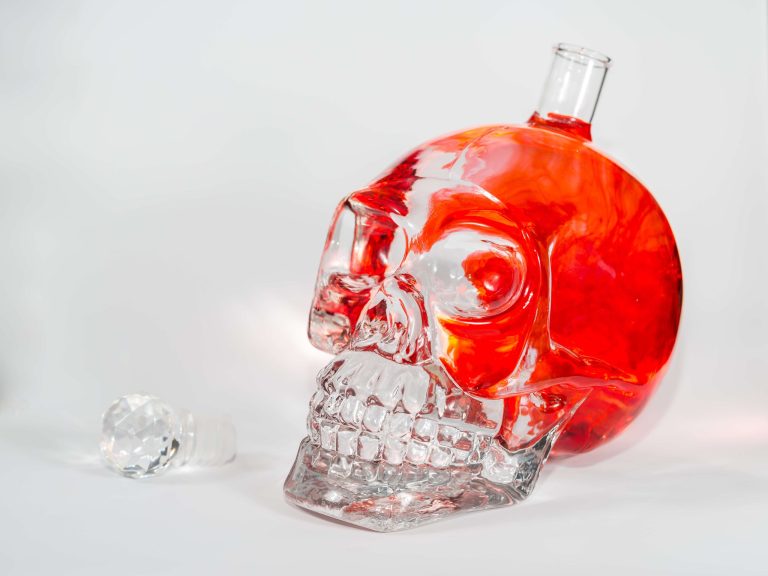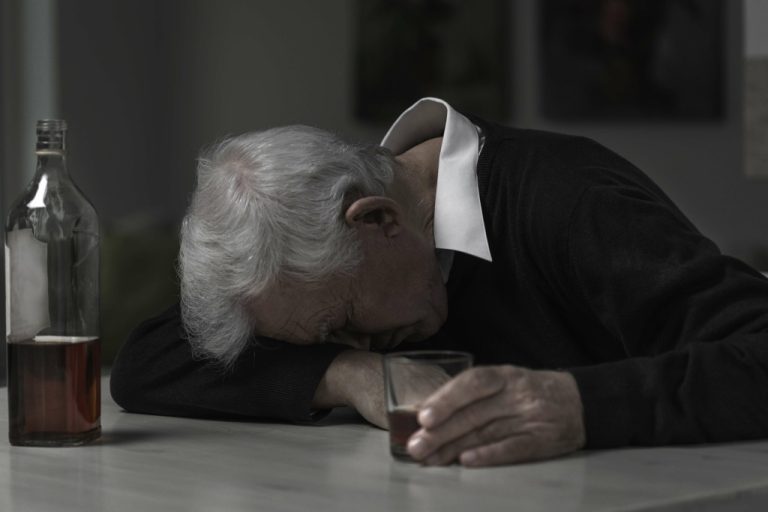Content
While a number of drugs have been employed in chemical aversion therapy, the three most commonly used are emetine, apomorphine, and lithium. None of the drugs being used, however, have yet been approved by the Food and Drug Administration specifically for use in chemical aversion therapy for alcoholism. Accordingly, when these drugs are being employed in conjunction with this therapy, patients undergoing this treatment need to be kept under medical observation. Campral (acamprosate) is the most recent medication approved for the treatment of alcohol dependence or alcoholism in the U.S. Ranch Creek Recovery’s outpatient treatment programs for alcoholism will require you to attend support groups and individual therapy sessions. You will also be expected to abstain from drinking alcohol during treatment.
What are the 3 FDA approved drugs to treat alcoholism?
- There are 3 FDA-approved medications for.
- the treatment of AUD:
- disulfiram, acamprosate, naltrexone.
Healthcare providers’ enrollment and participation in the Provider Locator is voluntary and free of charge and, along with the provider-specific information in the Provider Locator, is based solely on healthcare provider responses. Alkermes is not responsible for, and the Provider Locator is not intended as a tool for, verifying the credentials, expertise, abilities or quality of care of any healthcare provider included in the Provider Locator. Inclusion in the Provider Locator does not imply referral, recommendation or endorsement nor does omission in the Provider Locator imply Alkermes’ disapproval. We recommend that, before scheduling an appointment to see any healthcare provider, you research the credentials of the healthcare provider and satisfy yourself that the healthcare provider provides the quality of care desired. The information from the Provider Locator is provided on an “AS-IS” basis. Alkermes disclaims all warranties, either express or implied, including but not limited to the implied warranties of merchantability and fitness for particular purpose.
What Are the Treatments for Alcohol Use Disorder?
That number reduces to less than 15% who relapse after five years of sobriety. For the greatest chance of long-term sobriety after completing an inpatient or outpatient program, you should participate in local support groups and continue with counseling. It will not only make a huge difference in your life, but also the lives of those around you such as family members and friends. No matter how hopeless alcohol use disorder may seem, treatment can help. If you think you might have a problem with alcohol, call SAMHSA or talk to your healthcare provider. They can help you cope, make a treatment plan, prescribe medications and refer you to support programs.
Naltrexone was first developed in 1963 to treat addiction to opioids. In 1984, it was approved by the FDA for the treatment of use of drugs such as heroin, morphine, and oxycodone. At the time, it was marketed by DuPont under the brand name Trexan. A BAC of 0.09% to 0.25% causes lethargy, sedation, balance problems and blurred vision. A BAC of 0.18% to 0.30% causes profound confusion, impaired speech (e.g. slurred speech), staggering, dizziness and vomiting.
Online Therapy
None of the medications used to treat AUD have been proven completely safe during pregnancy or lactation, so they should be used cautiously in women of childbearing age. With the Sinclair Method, Revia or Vivitrol is taken one hour before drinking alcohol. At the end of four to six months of treatment with the Sinclair Method, 80 percent of people who had been overusing alcohol were either drinking moderately or abstaining entirely. In 2001, David Sinclair, PhD, a researcher in Finland claimed an 80 percent cure rate for alcohol dependence when anti-alcohol drugs Revia or Vivitrol are prescribed according to his Sinclair Method. Dr. Sinclair’s research has been published in the peer-reviewed journals Alcohol and Alcoholism and the Journal of Clinical Psychopharmacology. Disulfiram was first developed in the 1920s for use in manufacturing processes.

More often, people must repeatedly try to quit or cut back, experience recurrences, learn from them, and then keep trying. For many, continued follow up with a treatment provider is critical to overcoming problem drinking. We help remove any barriers you may have in getting to our alcohol rehab center. We’ll guide you from the first phone call and help you arrive safely at our holistic alcohol treatment center. The alcohol-targeted acupuncture cut down on cravings and withdrawal symptoms better than the sham treatment. Behavioral health therapies are widely used for helping people stop drinking.
Inpatient Rehab
The diagnosis is made when drinking interferes with your life or affects your health. Residential treatment programs typically include licensed alcohol and drug counselors, social workers, nurses, doctors, and others with expertise and experience in treating alcohol use disorder. One of the main advantages of inpatient alcohol addiction rehabilitation is that it allows you to detoxify from alcohol in a safe and controlled environment. This is important because detoxifying from alcohol can be a very dangerous and potentially life-threatening process.

Your therapist will also be able to work with you on any underlying issues that may be triggering your drinking problem such as peers, family relationships, work or other circumstances. This will give you an opportunity to learn more about yourself, as well as how to keep your body healthy both inside and out. Contact a treatment provider today to learn more about alcoholism treatment facilities nearby.
Groups for family and friends
Since it combines physical and emotional aspects, many people believe it is more effective for recovery than other forms of exercise or meditation. One theory is that it forces out the toxic waste that builds up in the body’s tissues from alcohol use. Many traditional psychotherapists have started to include therapy animals in their treatment. Being able to interact with a therapy animal during addiction https://www.excel-medical.com/5-tips-to-consider-when-choosing-a-sober-living-house/ treatment appears to improve the therapy environment, reduce anxiety, and help the relationship between therapist and patient. Tell your healthcare provider about all the medicines you take, including prescription and non-prescription medicines, vitamins, and herbal supplements. Especially tell your healthcare provider if you take any opioid-containing medicines for pain, cough or colds, or diarrhea.
If this happens to you, you may need to be treated in the hospital. Call 911 or get emergency medical help right away in all cases of known or suspected opioid overdose, even if naloxone is administered. As mentioned previously, the stages of change represent a cycle permitting both forward and backward movement. When the clinician successfully alters the balance in favor of a healthy choice, the patient enters the preparation stage. The preparation stage is a thoughtful phase focused on making plans. Listen to the patient’s goals and point out discrepancies between his or her goals and actions.
Tests for alcoholism
Chemical aversion therapy is a behavior modification technique that is used in the treatment of alcoholism. Chemical aversion therapy facilitates alcohol abstinence through the development of conditioned aversions to the taste, smell, and sight of alcohol beverages. This is accomplished by repeatedly pairing alcohol with unpleasant symptoms (e.g., nausea) which have been induced by one of several chemical agents.